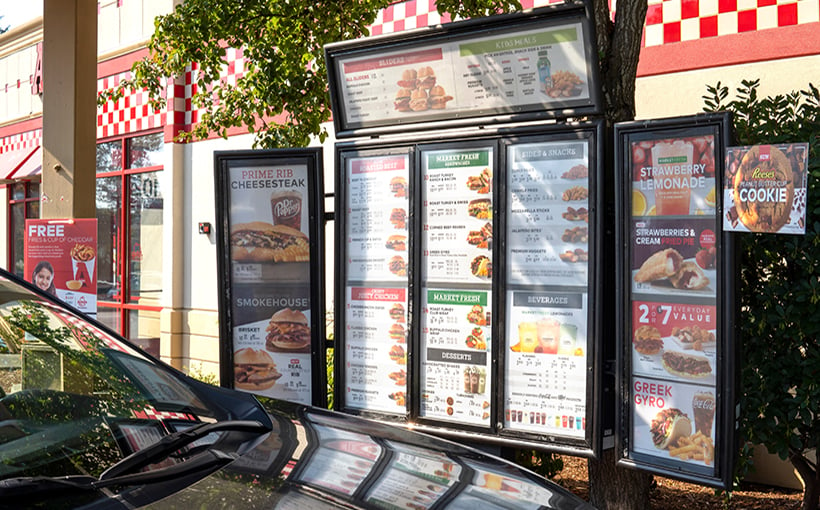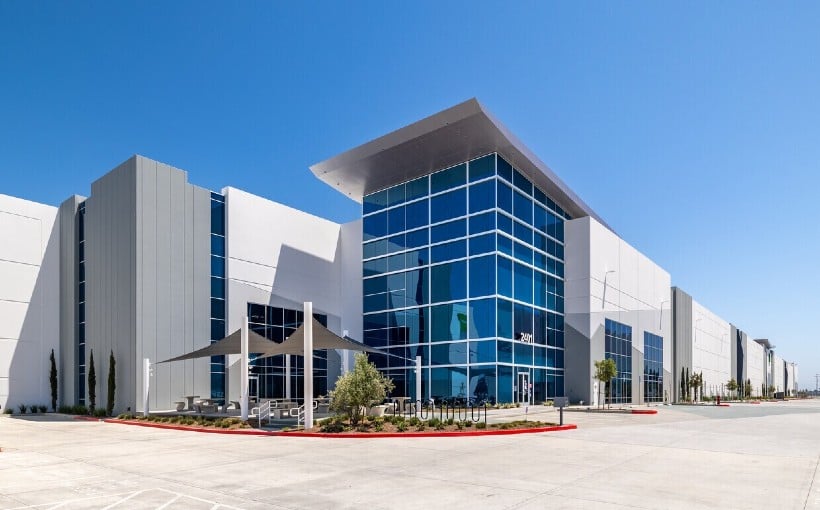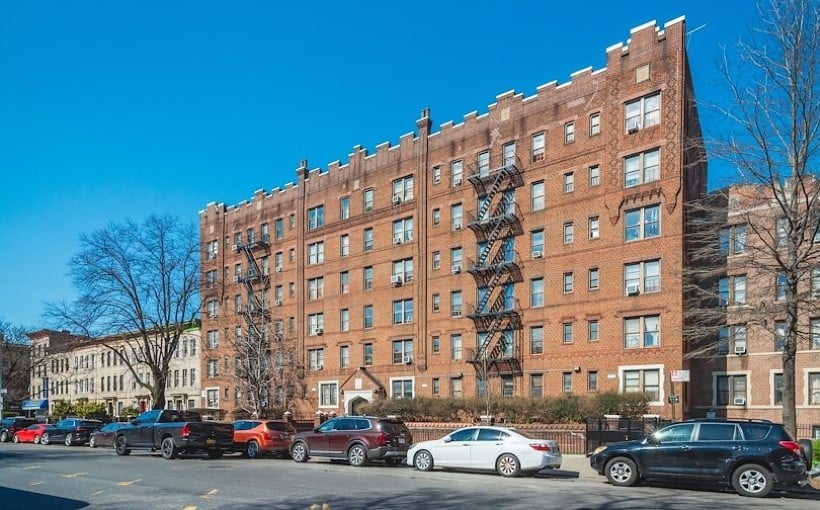**Beauty, Grocery and Fast Food Retail: Navigating the Space Between Demand and Supply**
This article continues the discussion from a previous piece on retail trends across the fast-food, grocery, and beauty sectors. Once thought to be fading in the wake of e-commerce and delivery services, brick-and-mortar retail in these categories has staged a surprising comeback—spurred largely by evolving consumer expectations and experiences following the COVID-19 pandemic.
Retail Evolution in the Wake of COVID-19
Following months of pandemic-driven shutdowns, consumers began showing renewed interest in in-person shopping experiences. Richard Rizika, partner and co-founder of Beta Agency, notes: “We are seeing an increased focus on experiential retail that offers personalized services. Retailers are placing more emphasis on stores to create experiences that are more challenging to provide online.”
Yet, while demand has rebounded, supply of suitable spaces has not kept pace.
Size and Type: A Diverse Set of Requirements
What do today’s retailers actually need?
According to Stephanie Skrbin, a retail broker with Axiom Retail Advisors, formats vary widely by brand and business model. “A coffee tenant like Dutch Bros operates in a kiosk-style space and only needs about 1,000 to 1,500 square feet,” she explained. Quick-service restaurants (QSRs), on the other hand, usually look for 2,000 to 3,200 square feet of space.
Mark Sigal, CEO of Datex Property Solutions, weighed in on the trend toward drive-throughs. “Fast-food restaurants like drive-throughs, but in many markets, this is a scarce option and subject to zoning and usage restrictions,” he said.
Beauty retailers also vary dramatically in their space requirements. Ulta Beauty typically seeks up to 12,500 square feet, while Sally Beauty is comfortable with footprints of 3,000 square feet or less.
Grocers Have Specific Requirements
Grocery chains span a wide range in their space needs. Trader Joe’s, for example, generally targets 12,500 square feet. Sprouts and Whole Foods require between 25,000 and 30,000 square feet, while more traditional grocery stores might seek as much as 75,000 square feet.
Chris Premac, Vice President at Coreland Companies, pointed out a growing trend among discount grocers: occupying former pharmacy buildings like Rite-Aid stores. These locations offer favorable sizes and premier corner sites.
Grocery chains are also capitalizing on the vacancies left by big-box retailers. Sean Unsell, Associate Principal with RDC, noted, “While supermarkets still prefer to build their prototypical footprints, there have been a lot of opportunities for grocers to take over these larger spaces. It’s quicker and more sustainable to renovate an existing building than to build from the ground up.”
Location Matters, Too
It isn’t just about square footage. Keisha Virtue, Retail Research Manager at JLL, explained that “fast-food retailers tend to favor stand-alone locations with drive-through capabilities. Grocers seek center locations near high-density neighborhoods, while beauty retailers have more flexibility and can occupy malls or neighborhood retail centers.”
In some instances, beauty brands have found success in shared space models. Ulta Beauty has partnered with Target, and Sephora has established a presence within Kohl’s department stores.
The Supply Challenge
Despite rising demand for physical retail space, supply continues to be constrained.
“There is a scarcity of available space, a scarcity of new development,” said Sigal. “Furthermore, only a subset of the available spaces will fit the footprint and market needs of a given retailer in these categories.”
Retail bankruptcies may increase the amount of available space—over 150 million square feet, according to Virtue—but the mismatch between vacated space and current retailer requirements remains a challenge.
This is especially evident in casual-dining closures, which aren’t always suitable for fast-food conversion. Senior Vice President Mike Philbin of Northmarq and co-founder of National Restaurant Group noted that “these building sizes are often not convertible for a fast-food brand.” However, Philbin said that with enough capital, developers can demolish and redevelop the site. “The advantage of the larger lot size is the ability for a larger drive-through stack or even multiple drive-through lanes.”
The Key Takeaway
Retail success in the grocery, beauty, and fast-food sectors hinges on understanding consumer behavior and staying strategically flexible when it comes to footprint and location.
“It’s not a one-size-fits-all scenario,” said Unsell. “Brands need to know their customer base, and they need to stay competitive in the market they’re in.”
Virtue added, “In times of great uncertainty, consumers tend to stick to necessities and value-oriented retailers. Hence the demand for less expensive restaurants and the emphasis on grocery.” She also observed that beauty demand has grown through social media influence, further driving its need for physical presence.
In summary, Rizika explained: “The fast-food, grocery, and beauty sectors have demonstrated resilience and adaptability in response to the pandemic’s challenges. By evolving with consumer preferences and strategically remerchandising stores, these retail sectors continue to grow.”




